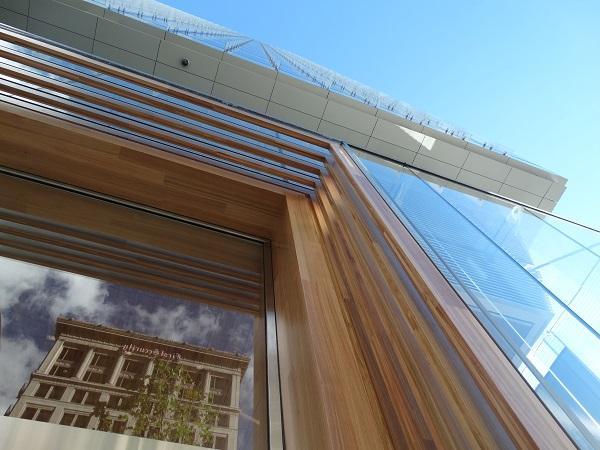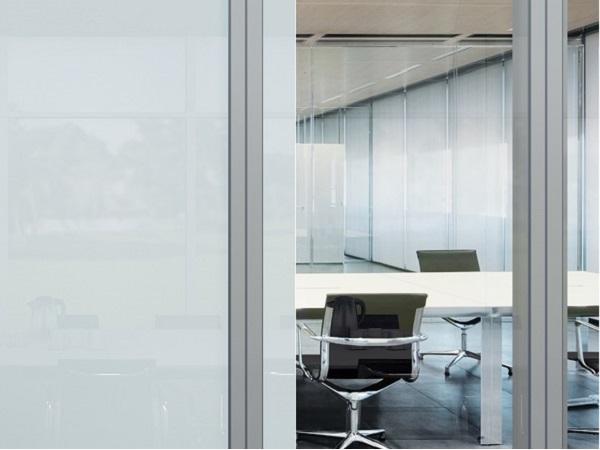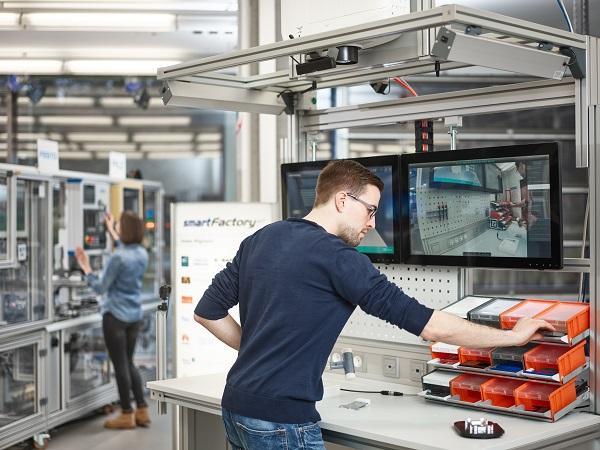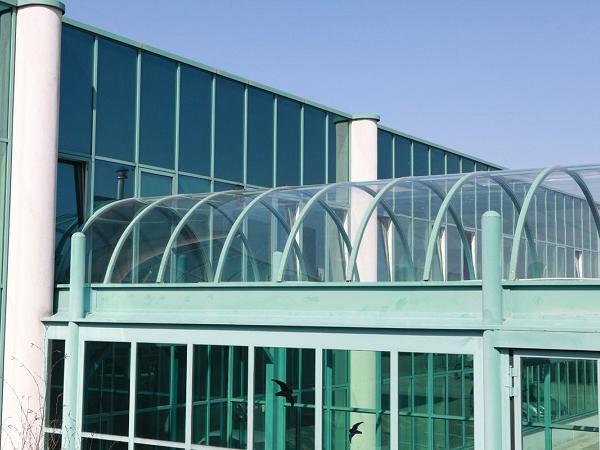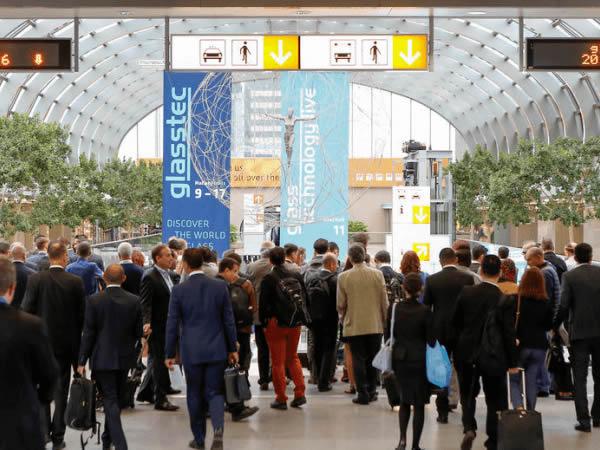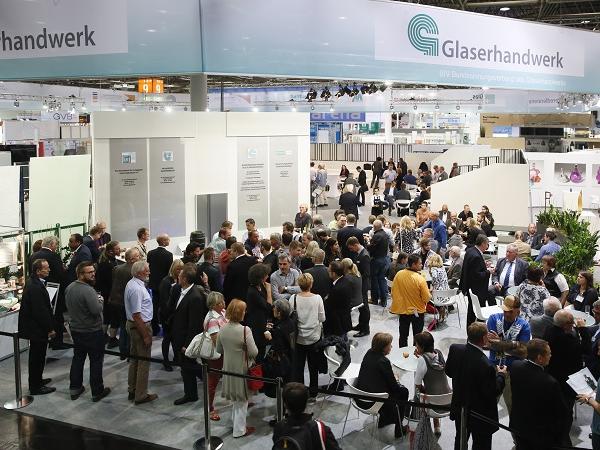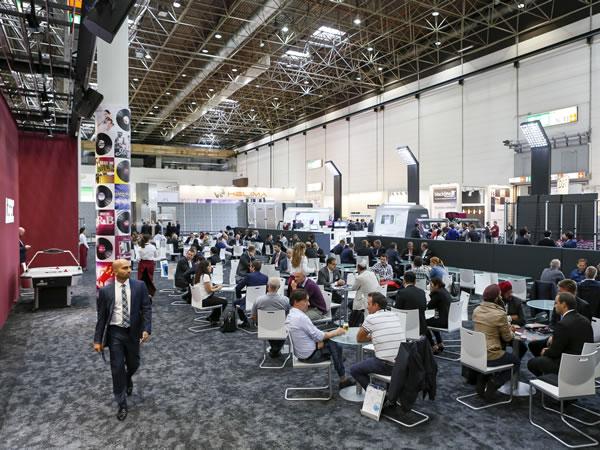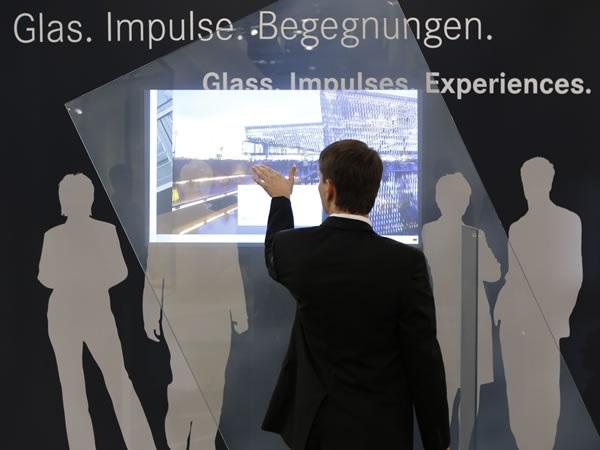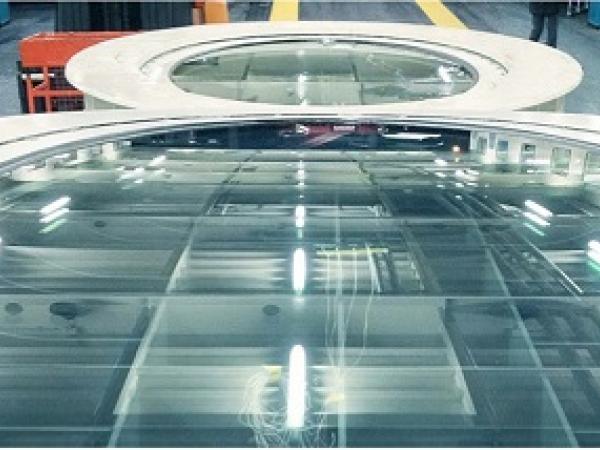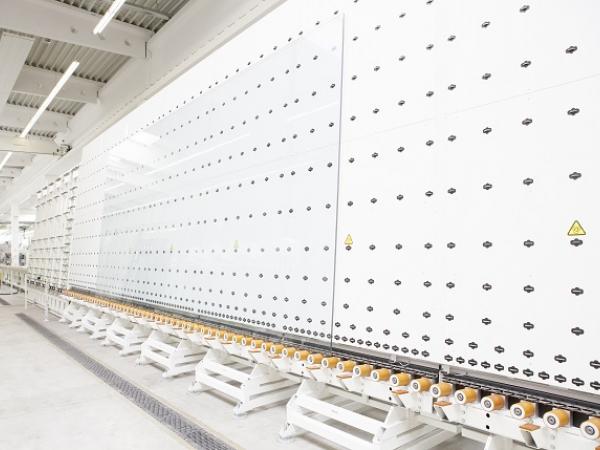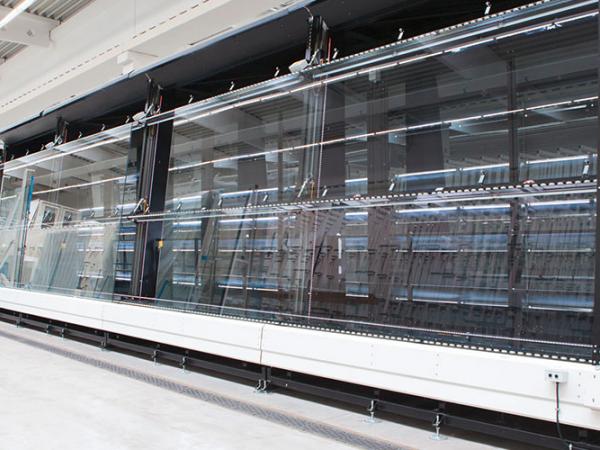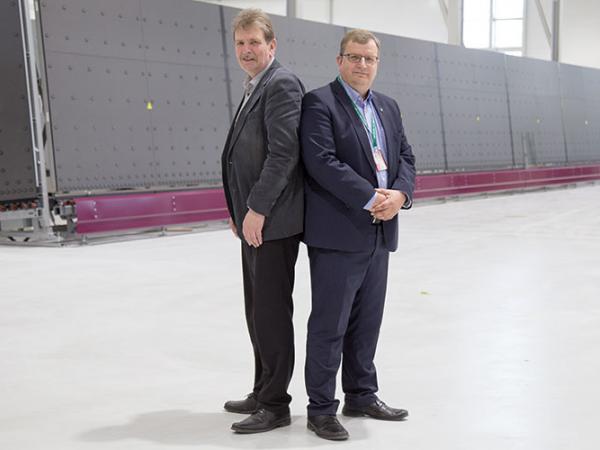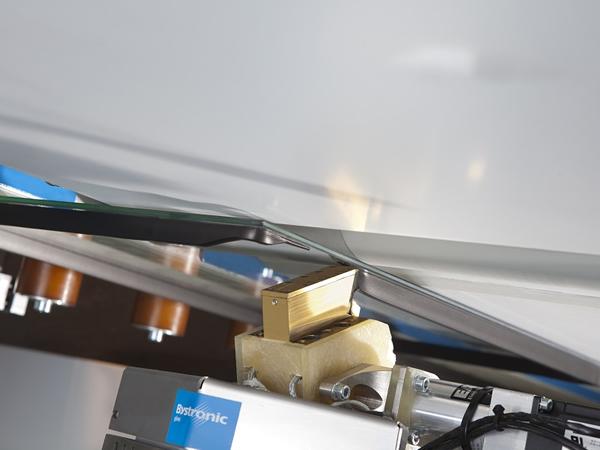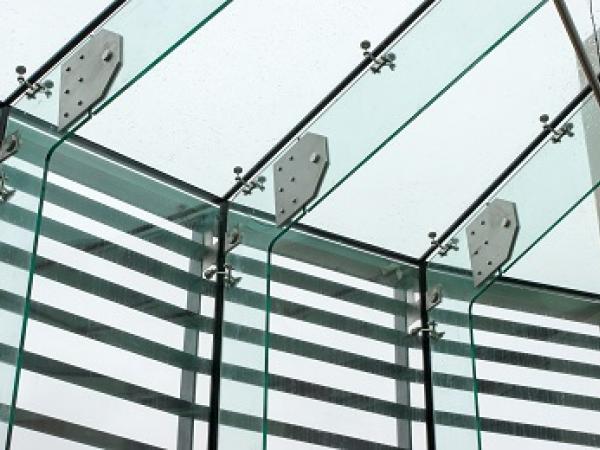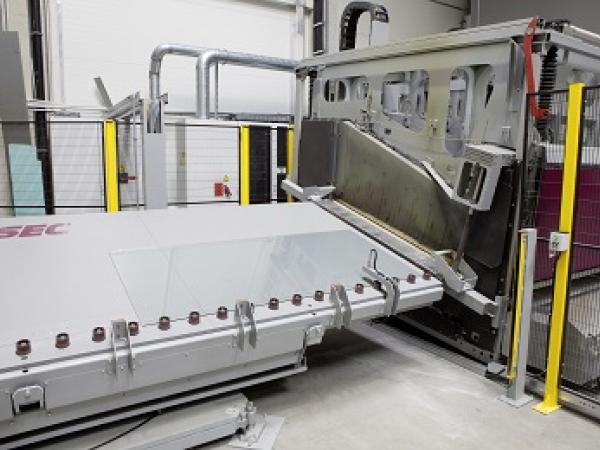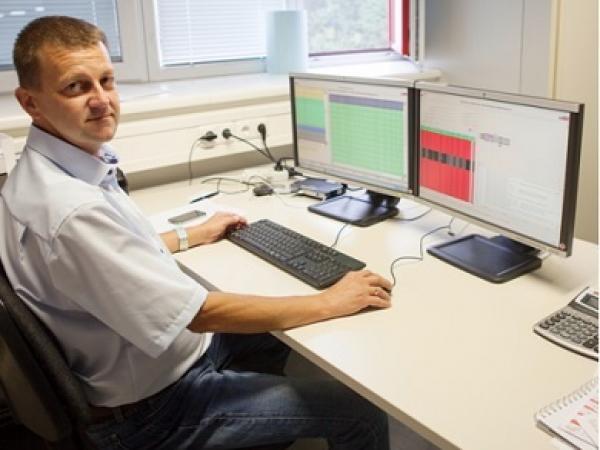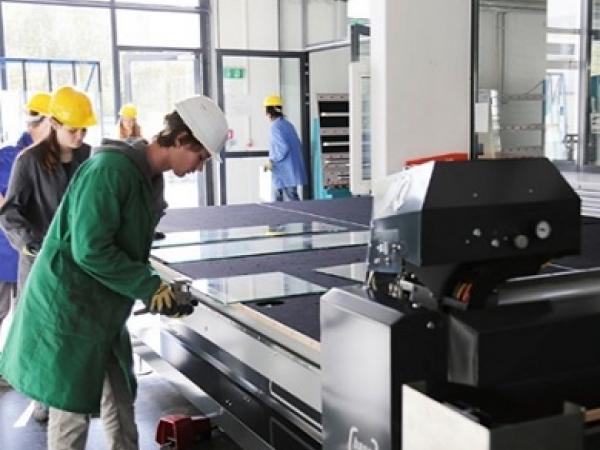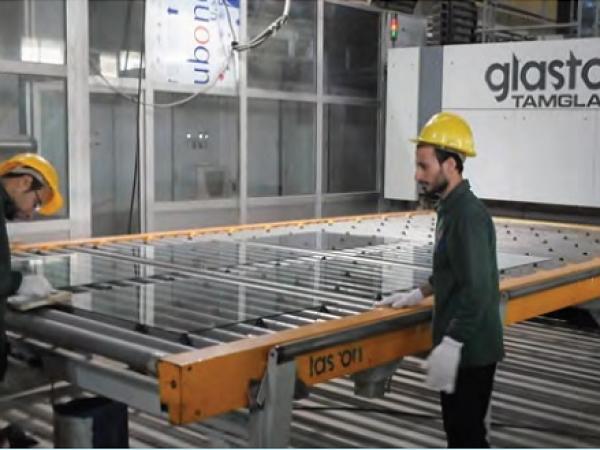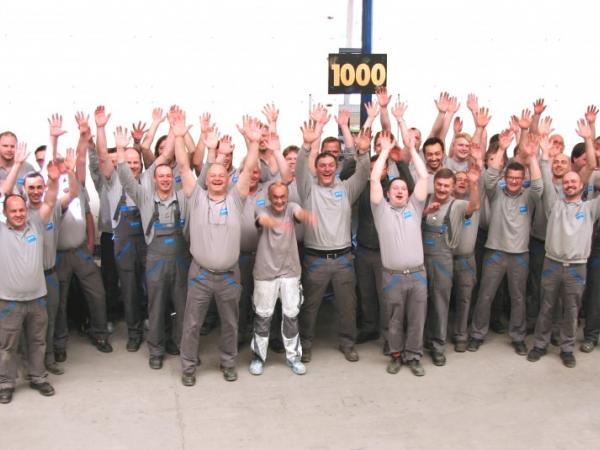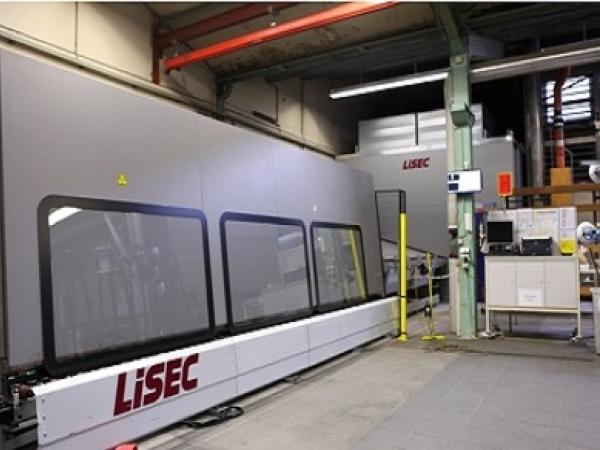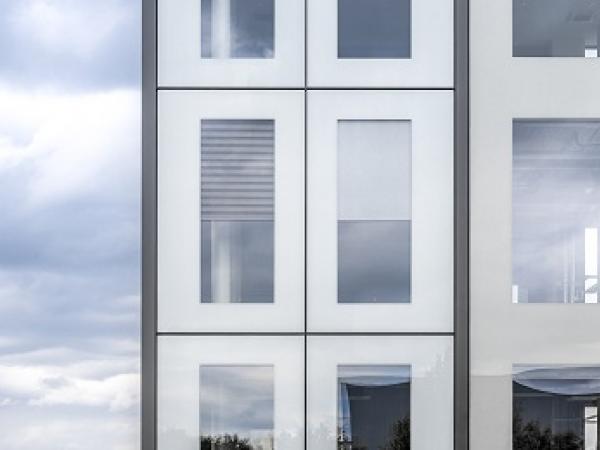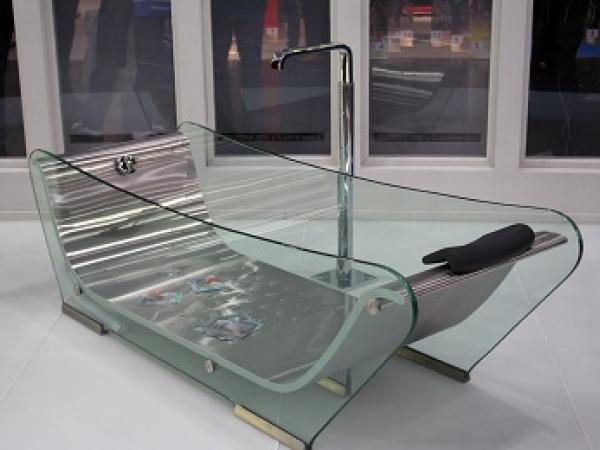Others also read
| XXL glasses expand the scope for design in architecture: view and admire at glasstec 2018 in Düsseldorf from 23 to 26 October 2018
| Glass is enhanced with added functions to form an integral part of the building network. We are still in the early stages of development.
| Many exhibitors at glasstec 2018 in Düsseldorf will focus on the theme of Industry 4.0 and exhibit interesting developments.
Glass off the roll - Thin glass is revolutionising the performance spectrum of glass and glass panes
| Thin glass – as thin as a razor blade or a human hair – is a reliable method to protect smartphone touchscreens, sensitive filters and sensors.
| glasstec generates important impulses: Good mood and solid investment climate
| Also, this edition confirmed glasstec as the main glass industry event. Check out the highlights from the show.
| Thanks to the committed involvement of architectural offices, university departments and industry associations, glasstec offers some unique added value: the special show: glass technology live!
| sedak GmbH & Co.KG, Germany, operates the largest insulating glass line in the world – about extraordinary glass processing and the role of LiSEC.
| LiSEC is the pioneer in terms of the development and production of production lines for large-scale insulating glasses – incl. interview with Hannes Spiss, facade engineer at Arup, Büro für Bautechnik (office for construction technology)
| Skaala was founded in 1956 as a one-man company. The father of the two current owners, Hannu and Markku Hautanen, was a carpenter and already in those days, he processed glass while repairing doors and windows.
| Cost cutting, it is often said, is difficult in glass production and processing as this sector is characterised by manual processes.
| Today’s functional buildings tend to have shapes that go much further than pure expediency, and glass is therefore used more and more frequently as a structural support element.
| In August 2013, the LiSEC development team started a major project with the mission: redesign of the tempering furnaces in order to save manufacturing costs and at the same time increase the process reliability. Result: the AEROFLAT.
| Touchscreen displays, LED technology and ultra-thin glasses: The multifunctional diversity of glass in IT and architecture will, in the long term, lead to a combination of both.
| Internorm is the market leader in Austria as a manufacturer of high-quality window systems and doors and the leading window brand in Europe.
| Modern, transparent and prestigious – large glass façades are very much in vogue for office complexes and industrial buildings.
| Since September 2015, the HTL (Polytechnic Glass) Kramsach in Tyrol is using a LiSEC cutting table „base CUT“ for the education of the students.
| For the past five years, Nile Aluminium & Metals Company, or AluNile, has had very positive experiences with Glaston's first FC500™ tempering furnace sold outside Finland.
| At the Bystronic glass Neuhausen-Hamberg location, there is a cause for great delight: The 1000th sealing robot, namely the high-performance "speed’sealer" was delivered a few days ago to a Chinese customer.
| The Flachglas Group employs around 1,100 employees at three sites in Switzerland and three sites in Germany – around 650 of them generate revenues of approx. € 70 million at the Wernberg site (Bavaria).
| Over half the world’s seven billion inhabitants live in cities, by the year 2050 the number will grow to almost ten billion. In order to avoid a climatic collapse in the metropolises, there is no other alternative to energy-efficient buildings.
| In just two and a half decades glass has very quickly made the transformation from simple window glass to an almost universally applicable material.
| Cities are eating up an increasing amount of heat and electricity. In order to reduce this consumption, buildings have to become increasingly efficient and integrate more renewable energies.

